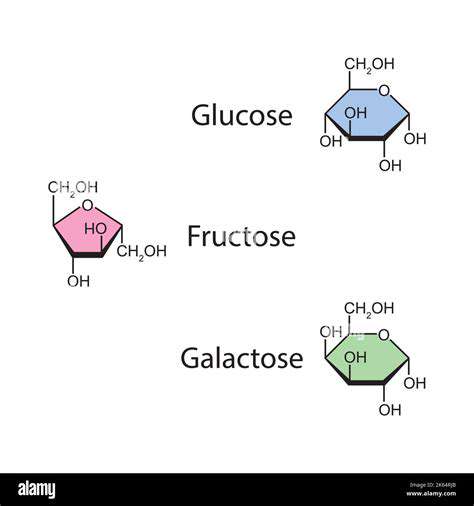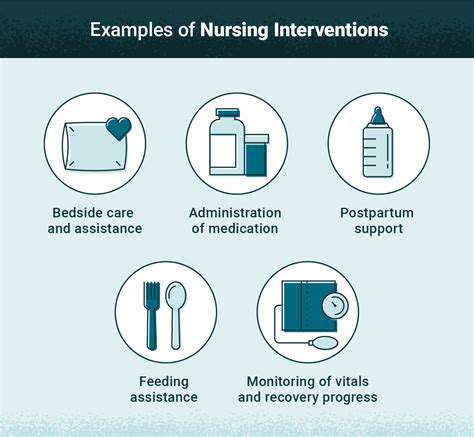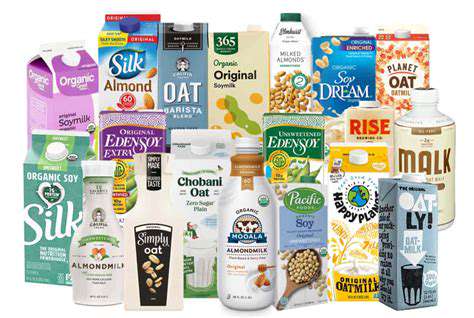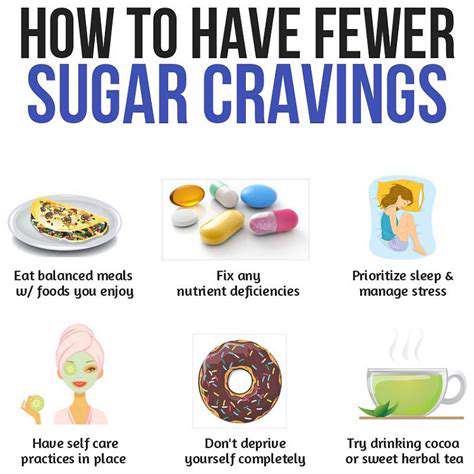Guide to Managing Gout Through Diet
Understanding the role of purines in gout is crucial for effective dietary management. Purines are naturally occurring compounds found in many foods, and when broken down, they release uric acid. A high intake of purine-rich foods can lead to an excess of uric acid in the bloodstream, increasing the risk of gout attacks. Identifying and limiting these foods is a cornerstone of gout management.
High purine foods often include organ meats, certain seafood varieties, and some types of beans. It's important to note that while these foods are high in purines, the impact on uric acid levels can vary from person to person. Individual responses depend on factors like overall diet, existing health conditions, and metabolic processes.
Fruits and Vegetables: Allies in the Fight Against Gout
Despite being low in purines, fruits and vegetables offer a wealth of vitamins, minerals, and antioxidants that are beneficial for overall health. Including a variety of colorful fruits and vegetables in your diet can help maintain a healthy weight, reduce inflammation, and support a balanced immune system – all factors that can contribute to managing gout.
Many fruits and vegetables also contain fiber, which helps regulate digestion and can potentially aid in reducing uric acid levels. A diet rich in fruits and vegetables can complement a low-purine strategy, providing essential nutrients while minimizing the risk of gout flare-ups.
Processed Foods and Sugary Drinks: Potential Culprits
Processed foods, often laden with added sugars and unhealthy fats, can significantly impact gout management. These foods can contribute to weight gain, an independent risk factor for gout, and may also exacerbate existing inflammation. The high fructose corn syrup often found in processed foods and sugary drinks can also influence uric acid production.
Limiting the consumption of processed foods and sugary drinks is essential for effectively controlling gout. Opting for whole, unprocessed foods can help maintain a healthy weight and reduce the strain on the body's metabolic processes, ultimately minimizing the risk of gout attacks.
Alcohol Consumption: A Double-Edged Sword
Alcohol, particularly beer and liquor, has a complex relationship with gout. Many types of alcohol can increase uric acid levels, potentially triggering gout attacks. The specific effects of alcohol vary depending on the type of beverage, the individual, and the frequency of consumption. Understanding these nuances is vital for creating a personalized gout management plan.
Moderate alcohol consumption, if tolerated, might not significantly impact gout management for some individuals. However, excessive alcohol intake is generally discouraged due to its potential contribution to weight gain, dehydration, and increased uric acid production. Consulting with a healthcare professional about personal alcohol tolerance levels is highly recommended.
Hydration: The Unsung Hero
Adequate hydration plays a vital role in maintaining healthy kidney function and promoting the excretion of uric acid. Drinking plenty of water throughout the day helps flush out excess uric acid, reducing the risk of its buildup in the body. Staying well-hydrated is a simple yet effective strategy for managing gout.
Maintaining sufficient fluid intake is crucial for overall health, and for those managing gout, it's an important aspect of dietary management. Aim for a daily intake of at least eight glasses of water and consider other hydrating beverages like unsweetened tea or diluted fruit juices in moderation.
Dairy and Calcium: A Balancing Act
While dairy products are generally considered a healthy part of a balanced diet, their impact on gout can be complex. Dairy, particularly high-calcium dairy products, may have a protective effect against gout by promoting the excretion of uric acid. The role of dairy in gout management is still being researched, but the existing evidence suggests a potentially beneficial relationship.
Including moderate amounts of low-fat dairy products in a gout-friendly diet may be beneficial. However, individuals should monitor their uric acid levels and adjust their dairy intake according to their individual responses. Consulting with a healthcare professional or registered dietitian is highly recommended to determine appropriate dairy consumption levels.



![Best Meditation Apps for Beginners [2025 Review]](/static/images/26/2025-05/Top3MeditationAppsforBeginnersin2025.jpg)





![How to Choose Sustainable Seafood [A Guide]](/static/images/26/2025-05/ExploringSeafoodChoices3ASpeciesandRegionalConsiderations.jpg)




